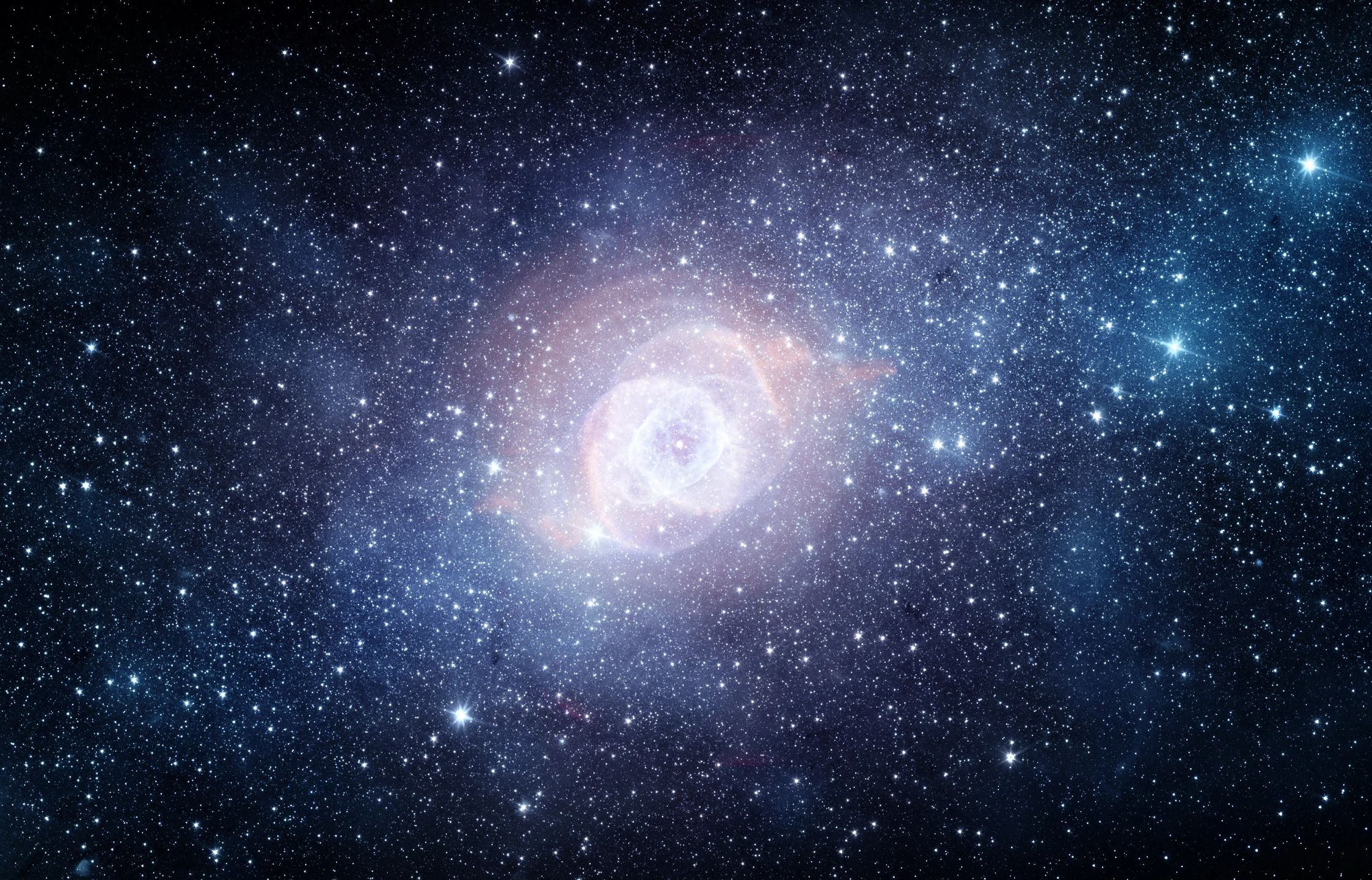For years, it has been believed that Venus is a planet in decline, however, recent discoveries reveal that there is still ongoing geological activity taking place on our nearest planetary neighbor.
While scouring decades-old archival images of the surface of Venus, researchers found clear signs of recent volcanic activity among the otherwise hostile environment.
The findings, published in the journal Science, were made possible by footage captured by NASA’s Magellan spacecraft, which circled Venus in the early 1990s. The images show a region near the Venusian equator that reveals a volcanic vent that changed shape and greatly increased in size over the course of eight months.
According to the study’s authors, it’s the first direct geological evidence of recent volcanic activity on the planet.
“My bet is there was an eruption of a lava lake,” Robert Herrick, a planetary scientist at the University of Alaska Fairbanks and one of the new study’s two co-authors, told National Geographic.
The Magellan mission was an important one. It was the first spacecraft to image Venus’s entire surface before it was intentionally sent into the planet’s incredibly hot and toxic atmosphere in 1994 to collect its final data.
Herrick told NPR that despite its hostile environment Venus is actually quite similar to Earth, calling it our “true sibling” in the solar system. He said the volcano sighting further proves that.
“Aside from Earth, it’s the only planet that has true mountain ranges and a huge variety of volcanic features,” he said, adding that these features include lava fields, canals carved by molten rock and thousands of volcanoes.
Venus is the second planet from the Sun, the hottest world in our solar system and the one closest in size to Earth. NASA describes it as a “runaway hothouse,” with surface temperatures that approach 500 C and a thick, toxic atmosphere composed of sulphuric acid and carbon dioxide, which creates intense air pressure on the surface. Hurricane-force winds also blow toxic clouds around the planet at high speed.
A new fleet of missions to Venus will launch within the next decade, including VERITAS, the Venus Emissivity, Radio science, InSAR, Topography, And Spectroscopy mission.
It was NASA’s selection of the VERITAS mission that inspired Herrick to take a closer look at the Magellan data.
However, Herrick told NPR that just because recent volcanic activity has been confirmed it’s still not clear how often these events are occurring.
“That could still mean that the time between eruptions could be months, years, or tens of thousands of years,” he said.
“Of course, I could have gotten very lucky and seen the only thing that happened in the last million years on Venus,” Herrick continued. “But I think the reasonable interpretation suggests that Venus is relatively Earth-like in the frequency of volcanic eruptions,” the likes of Hawaii and Iceland.
Herrick will have a hands-on role in project VERITAS – he’s working with NASA to develop an instrument for the upcoming mission.
“Venus is an enigmatic world, and Magellan teased so many possibilities,” said Jennifer Whitten, associate deputy principal investigator of VERITAS and assistant professor of Earth and environmental sciences at Tulane University in New Orleans.
“Now that we’re very sure the planet experienced a volcanic eruption only 30 years ago, this is a small preview for the incredible discoveries VERITAS will make.”




Herrick and his team used new technology to pore over Magellan’s images, focusing on the area that contains Venus’ highest volcano, Maat Mons.
Though it took a couple of months of looking, he spotted what he’d hoped to find.
“I didn’t really expect to be successful, but after about 200 hours of manually comparing the images of different Magellan orbits, I saw two images of the same region taken eight months apart exhibiting telltale geological changes caused by an eruption,” he wrote in a statement.
He noticed that a volcanic vent on the north side of a domed volcano that was part of Maat Mons changed between February and October 1991.
In February, the vent spanned less than 2.2 square kilometres. Eight months later, the vent had changed shape, nearly doubled in size and was filled with a lake of lava.
A closer look is coming